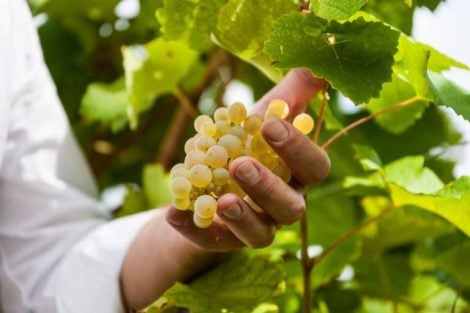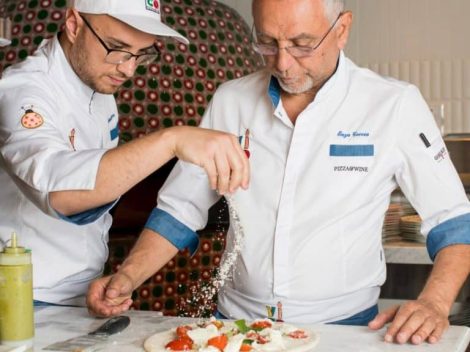Agnolotti, tortellini, cjarsons... Stuffed pasta – one of the gems of Italian gastronomy – is said to have all originated in Eurasia, the continental block combining Europe and Asia into a supercontinent (a geographical entity coined in the mid-19th century). It then spread to Italy, starting in the North and moving down through the rest of the Peninsula. The study, which for the first time used a scientific method typical of biology on one of the most iconic elements of Italian culture, was led by the University of Padua, with participation from the Universities of Bari, the University of Gastronomic Sciences of Pollenzo, and Federico II University of Naples. Published in the journal Discover Food, the study creates a sort of genealogical tree of stuffed pasta.

Japanese Gyoza: Very similar in shape to Culurgiones
Culurgiones remain without a family
Researchers led by Vazrick Nazari selected 28 representative formats from across the national territory. By analysing their characteristics such as ingredients, size, and folding techniques, they developed a phylogenetic tree that reconstructs the probable origin and spread of stuffed pasta in Italy and the "kinships" among the various forms. This revealed a main distinction between two large "families": the tortellini (three-dimensional) and the ravioli (flatter). Both groups appear to originate from Northern Italy. The only outsiders to these two families are the Sardinian culurgiones, suggesting that in Sardinia, the tradition of stuffed pasta may have developed independently. This supports the research according to the Ansa news agency.
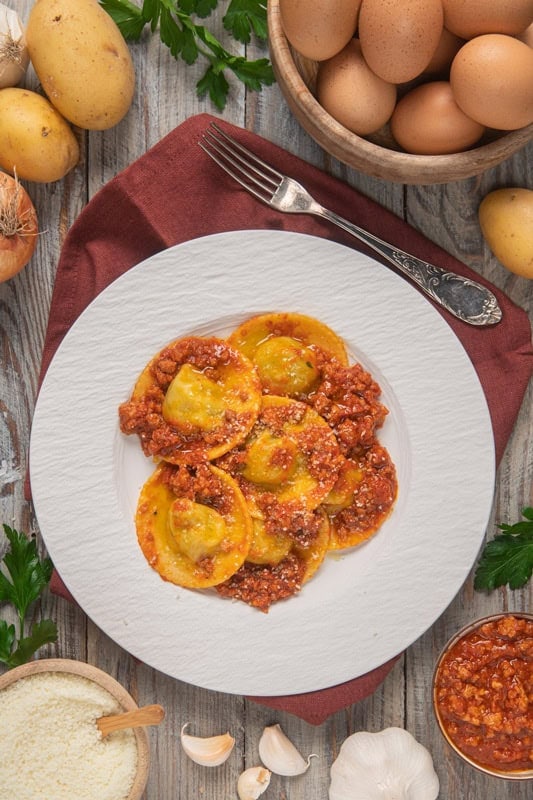
I Tortelli di patate del Mugello by Sonia Peronaci
The two families of Tortellini and Ravioli
However, Sardinian culurgiones (also called angiulotus in dialect, meaning agnolotti) have many similarities with other "families" in various aspects. In shape, for example, they remarkably resemble their Asian "cousins" from China (Jiaozi) and Japan (Gyoza). As for the filling, they are quite similar to Mugello Tortelli, which are made with potatoes. The Sardinian version, especially from Ogliastra (but also the Gallura version, which includes citrus flavourings), is filled with potatoes, pecorino cheese, and mint. Without precise study elements, one might speculate that Sardinians, through constant migrations across the Mediterranean, brought the tradition of potato filling to Mugello. Establishing a link between Sardinia and the Far East is more challenging. However, further studies might uncover more detailed and profound inter-relations between the cultures of Europe and Asia, within the Eurasian supercontinent, not separated by the sea.
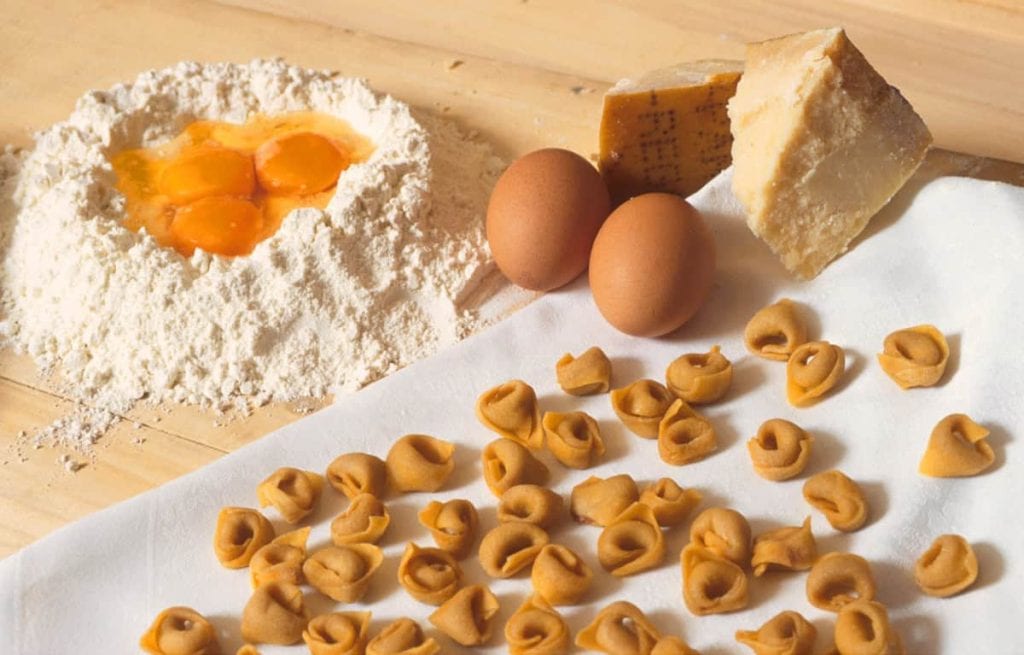
I Tortellini emiliani. photo by Paolo Righi/Meridiana Immagini
Evolution of cultural artifacts
“Where there is a lot of biological diversity, there is usually a lot of cultural diversity as well: this is called biocultural diversity, and Italy is rich in it,” says Telmo Pievani, coordinator of the study, to Ansa. “Food emerges precisely at the intersection between biology and culture. With this study, we show that the evolutionary approach can reconstruct not only the genealogical tree of species,” says Pievani, “but sometimes also that of cultural artifacts. Even of stuffed pasta.” Perhaps the mystery of the culurgiones will be revealed soon?

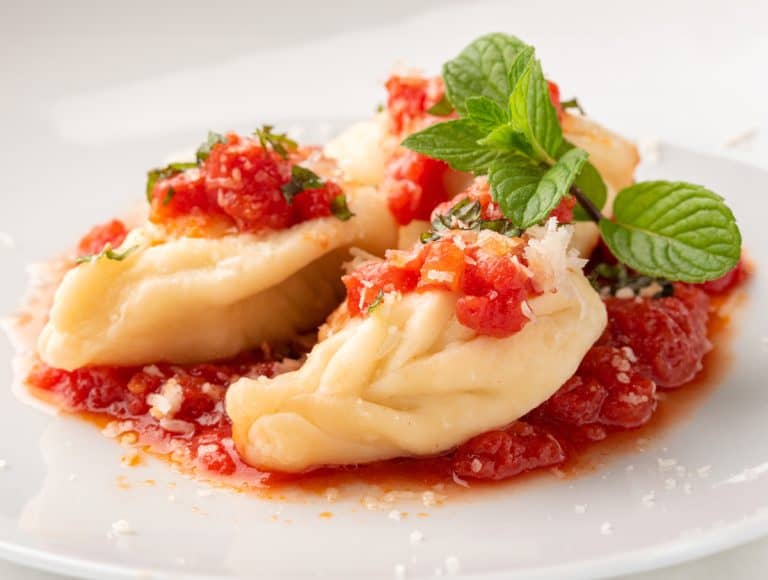
 Non-alcoholic wines? Call them what you want, but they’re still a derivative of wine.” An Interview with Martin Foradori
Non-alcoholic wines? Call them what you want, but they’re still a derivative of wine.” An Interview with Martin Foradori The 8 best Trentodoc wines chosen by Gambero Rosso
The 8 best Trentodoc wines chosen by Gambero Rosso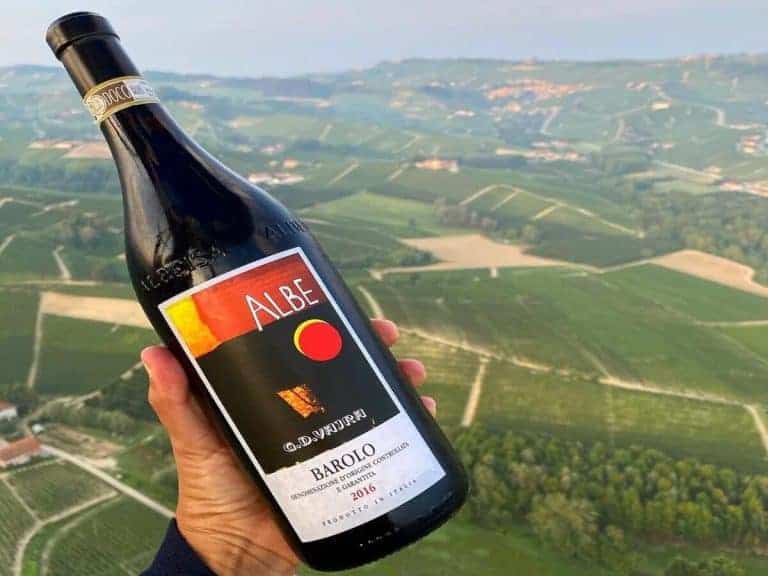 A Piedmont wine enters the top ten of Wine Spectator's "Top 100"
A Piedmont wine enters the top ten of Wine Spectator's "Top 100" Sparkling wines surpass still wines in Italian out-of-home consumption. Most popular during the aperitif
Sparkling wines surpass still wines in Italian out-of-home consumption. Most popular during the aperitif American Barbecue wins a Michelin star for the first time in history
American Barbecue wins a Michelin star for the first time in history
